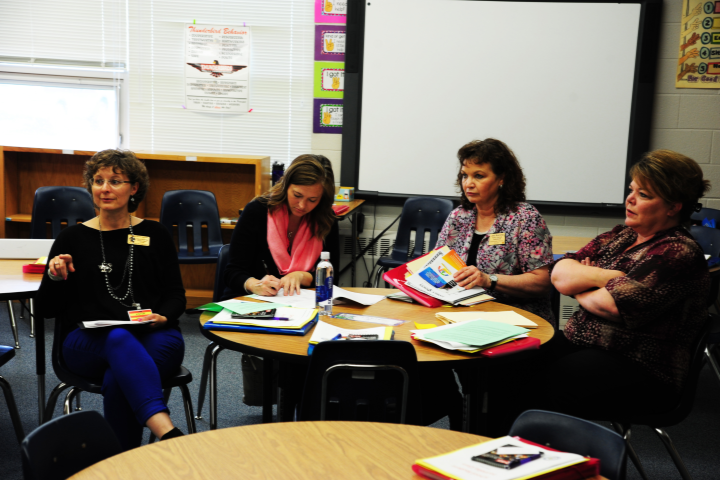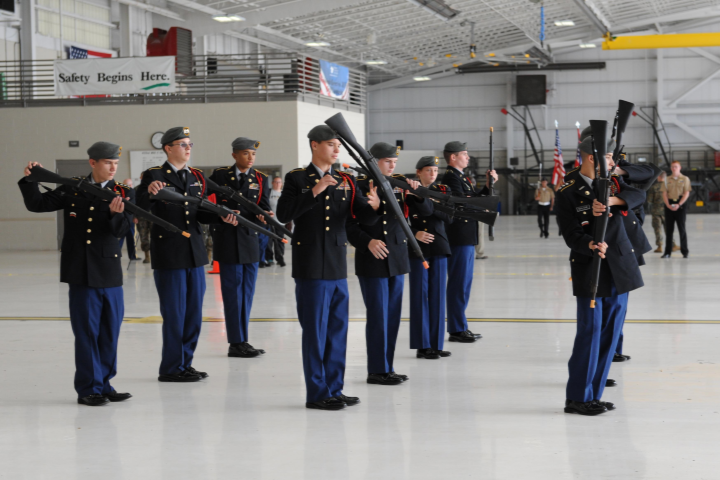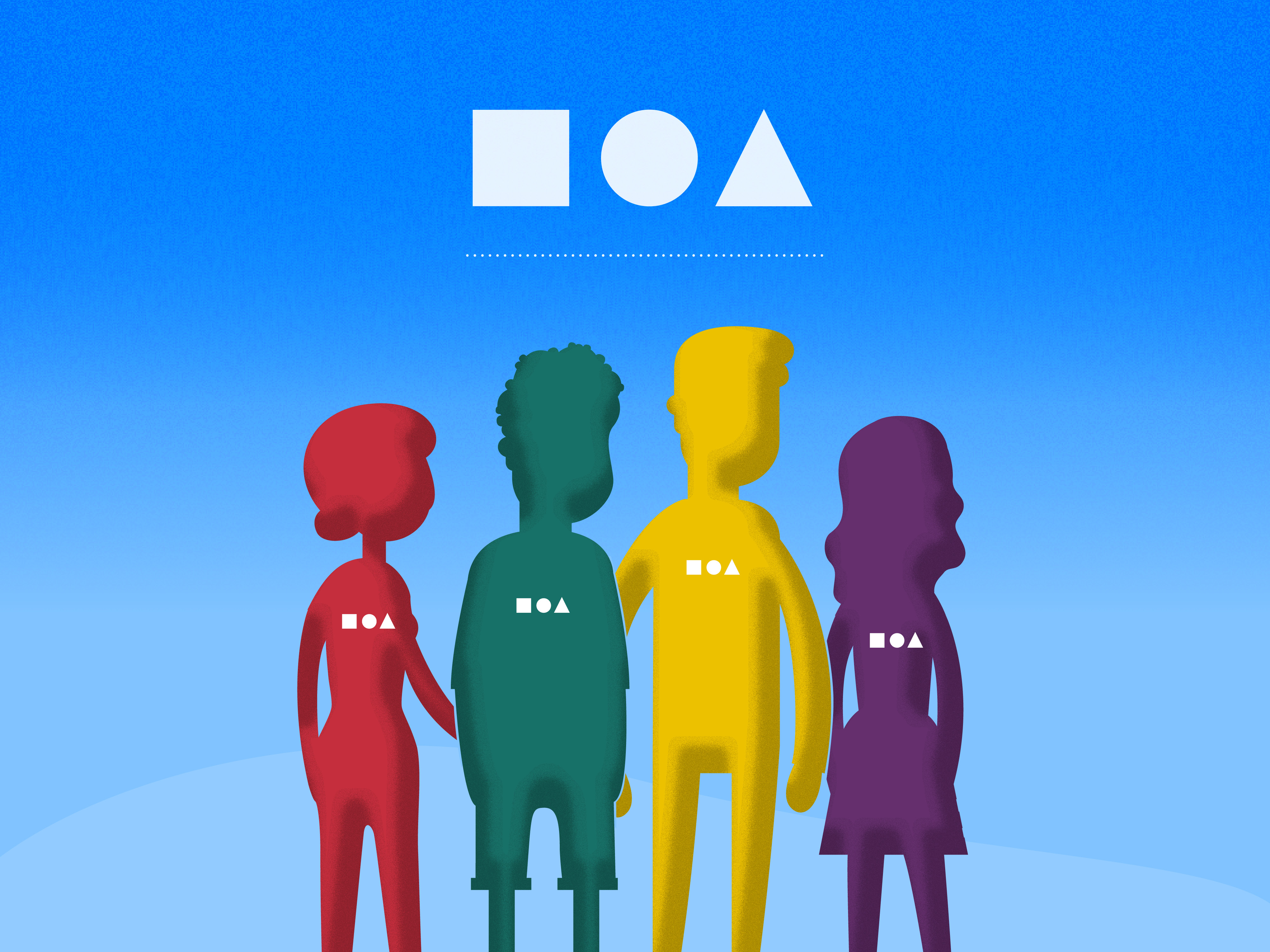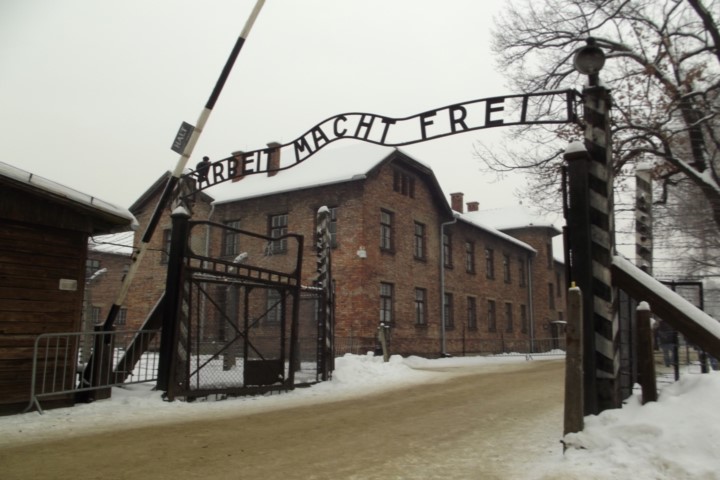This essay is one of a series of posts based on the recently published book The Content of Their Character: Inquiries into the Varieties of Moral Formation. The book is a project of the Institute for Advanced Studies in Culture, in Charlottesville, Virginia. Click here for “Defining Character: What (Part 1)”
In The Content of Their Character: Inquiries into the Varieties of Moral Formation, editors James Davison Hunter and Ryan S. Olson posit there are two dimension to a person’s moral character. The first, the substance of their character, is composed of someone’s specific moral values—their sense of what is good, right, and just.
In contrast, the second, the form of character, is expressed through “moral discipline, moral attachment, and moral autonomy”—or informally, through self-restraint, affirmation and courage, and acting freely in pursuit of the good, just, and right. These definitions are more than just academic; they help us clarify what we instinctively mean when we speak of character and praise it.
Admittedly, these definitions do serve academic purposes. The Content of Their Character involves on-the-ground research in American high schools in 10 different education sectors, from urban and rural public schools to Islamic and evangelical Protestant private schools. With the concept of the form of character, the book’s scholars can recognize a school’s success in strengthening character (in form) without implicitly judging the school’s moral precepts. They can acknowledge the ways that a Catholic school molds students of Catholic character without endorsing Catholicism itself.
At the same time, Hunter and Olson are not advocating moral relativism; they state “that at the level of meta-ethics there are … widely shared values across time and culture.” Moreover, in their concern over the moral formation of America’s young, Hunter and Olson are themselves placing an ethical value on moral discipline, moral attachment, and moral autonomy, though that value is not absolute. As Hunter has independently suggested, the exercise of moral discipline, moral attachment, and moral autonomy does not excuse acts of moral evil.*
Still, on questions of genuine virtue, someone’s demonstration of strong character—a character strong in form—can be deeply inspiring, even when we dispute many of that person’s moral views—the substance of their character. With this distinction, we see clearly how people can profoundly admire the actions of those with whom they otherwise disagree.
A classic example is the case of the Emir Abd el-Kader, a nineteenth century Algerian prince and military commander who first came to the world’s attention through his dogged resistance to French rule over more than 15 years of intermittent warfare. Following his surrender in 1847 and his subsequent imprisonment in France, he eventually settled in Damascus for a life of quiet religious study.
It was there in 1860 that this Islamic leader gained international renown by seeking out and sheltering thousands of the city’s Christians during a ten-day massacre by rioting Muslims, Druze, and residents of surrounding communities. Contemporary accounts credit the emir with personally entering violence-ridden sectors of the city and defying the rioters as he and his fellow Algerians took Christians under his personal protection—Christians, it might be added, who had traditionally been aligned with the French, his former enemy. He was ultimately credited with saving thousands of lives—as many as 10,000—including French, American, Russian, and Greek diplomats.
and residents of surrounding communities. Contemporary accounts credit the emir with personally entering violence-ridden sectors of the city and defying the rioters as he and his fellow Algerians took Christians under his personal protection—Christians, it might be added, who had traditionally been aligned with the French, his former enemy. He was ultimately credited with saving thousands of lives—as many as 10,000—including French, American, Russian, and Greek diplomats.
News of his actions spread through the international press and led to a worldwide outpouring of admiration. This former nemesis of the French government was awarded France’s Legion of Honor; this devoted Muslim was granted the Order of Pius IX—a papal knighthood. Country after country bestowed gifts and awards; President Abraham Lincoln sent him an ornate pair of pistols. In the years that followed, Christians struck by the emir’s nobility, compassion, and intellectual brilliance prayed for his conversion. Upon his death, The New York Times called him “one of the few great men of the century.”
This praise did not come from people who were now converts to Islam, even though the emir had made plain that he had acted from a sense of “sacred duty” promulgated by God in the Koran. Rather, the accolades came largely from Christians who were moved by the strength of Abd el-Kader’s moral attachment to an Islamic ideal of justice and compassion—an attachment freely assumed under precarious circumstances in which virtually no one would have noticed if he’d quietly left the city.
* * *
To further appreciate Hunter and Olson’s point, consider two similarly heroic acts from American history. Unlike the emir’s intervention, neither of these is widely celebrated.
The first concerns a French aristocrat: the French general Louis-Joseph de Montcalm, Marquis de Saint-Véran, military leader of the French forces in Canada during the French and Indian War. Despite his privileged background and diminutive stature, the cultured and intellectual Montcalm entered the military and achieved success on the battlefield as a spirited leader who declined to command from the rear.
To the extent Montcalm exists now in America’s popular imagination, he is the man thought to have allowed the slaughter of British and American forces, including women and children, by his Indian allies following the British surrender of Fort William Henry in 1757. This wholesale “massacre” on the frontier of northern New York is portrayed in the 1992 film The Last of the Mohicans and in the classic novel by James Fenimore Cooper on which the movie is based.
But in fact, the killing that began that day was largely halted by Montcalm himself. He and several of his officers, coming upon the scene, threw themselves upon some of the attackers to restrain them. Exerting sheer physical and moral authority, Montcalm berated his Indian allies for breaking the terms of the truce. Drawing upon the great respect they had for him personally, he succeeded in stopping the slaughter around him. He then personally took hundreds of the British under his own protection and had them escorted to safety.†
A moment’s reflection on that chaotic incident in a lonely wilderness reveals what it must have meant for anyone—but particularly someone from a different culture, speaking a foreign tongue—to step directly into the mayhem and demand that it stop. Montcalm’s moral attachment to an ideal of justice and compassion toward an enemy that days before had been trying to kill him is rendered all the more poignant by the damage done to his reputation anyway.
This brings us to the second example from America, the case of a man who would have warmed to Montcalm’s courage—the Shawnee leader Tecumseh. Born about nine years after Montcalm’s death, Tecumseh was favored from the start with talent and charisma, showing greatness as a warrior, hunter, orator, diplomat, and strategist.
He was also morally brave. At an early age, he spoke openly against the common tribal practice of torturing and killing prisoners.‡ When he later led a confederacy of Indian nations into battle alongside the British against the Americans in the War of 1812, he made the chiefs agree that they would not mistreat those they captured.
But in 1813, during a battle for Fort Meigs in Northwest Ohio, a band of Chippewas and other Indians took custody of a group of American prisoners and began killing them one by one at the remnants of old fort nearby. In a striking contrast to Montcalm’s example, British General Henry Proctor and some of his soldiers simply looked on.
Tecumseh, hearing of the slaughter, raced to the fort and intervened bodily with two of his associates to protect the remaining Americans. He castigated his Indians allies and then confronted General Proctor himself, directly accusing him of cowardice for allowing the prisoners to be murdered. One eyewitness, an American captain named Leslie Combs, wrote later, “I was near Tecumseh when he made his speech … whereby the lives of some hundreds of prisoners were saved, of whom I was one…. He was a truly great man and a gallant warrior.”§
Again, we see all the components of the form of character: a moral discipline that refused to wreak vengeance on a helpless foe; a moral attachment that demanded an intervention against a massacre despite the overwhelming physical danger; and a moral autonomy, a set of actions freely chosen when it would have been nothing at all to walk away. Gentle reader, how many of us could have brought ourselves to do the same?
* * *
There is, of course, some difference between the three cases. Damascus’s Christians may have been aligned with France, Abd el-Kader’s one-time enemy, but he was not at war with them, as Montcalm was with the British and Tecumseh was with the Americans.** It’s telling, however, that Abd el-Kader’s attitude toward his prisoners during wartime was like Montcalm’s and Tecumseh’s. He, too, required that his captives be well treated, a command that many of his allies and subordinates reportedly disliked and initially resisted. His insistence proved decisive, however, and the consideration his prisoners received added to his renown well before the Damascus riots of 1860.††
So what was the source of the three men’s moral courage? For Abd el-Kader, it was a sense of his scriptural duty as a Muslim, of the need to affirm Islam’s compassion when others were betraying its ideals, and of the risk of European intervention in Syria if the violence continued. For Montcalm, it was a sense of Christian duty and a chivalric understanding of personal honor. For Tecumseh, it was a sense of Moneto’s will—God’s will—properly understood, and of the conduct becoming an honorable warrior.‡‡
Thus we see similar acts for different reasons—or in this case, moral characters that are similar in form, but different in substance. We do not need to share Abd el-Kader’s, Montcalm’s, and Tecumseh’s understandings of Allah, Yahweh, and Moneto to be moved by their integrity.
And observe how these incidents suggest the possibility that Hunter and Olson are right—“that at the level of meta-ethics there are … widely shared values across time and culture.” Here we have an Algerian prince in 1860, a French aristocrat in 1757, and a Shawnee warrior in 1813. They would no doubt disagree on many things, but on this question, they were one.§§
Notice a second implication of Hunter and Olson’s work. School staff at some types of schools, primarily private religious schools, may feel free to address any and every type of moral question and to directly guide their students’ character in both its form and its substance. They act on a presumed agreement between the school and the students’ families on the general substance of morality and the staff’s responsibility to impart that substance during school.
In contrast, school staff at public schools and nonreligious private schools may feel they lack this shared understanding with their students’ families. They may feel less freedom to address morality’s substance in the classroom.
This does not mean, however, they cannot recognize and praise the form of character where they see it. Nor does this mean they cannot probe gently for “widely shared values across time and culture.” In other words, amid the repeated calls for better test scores, graduation rates, and college placement percentages, they need not completely forgo the character formation that provides the basis not just for academic success, but for a better life and a better world.
All of which leads us back the classroom. If we now have a clearer sense of what we mean by “character,” where did the researchers in The Content of Their Character find that student moral formation occurred in America’s high schools?
###
Part 3 of this essay is forthcoming.
Illustration
Painting of Emir Abd el-Kader’s rescue of the Christians of Damascus by Jean-Baptiste Huysmans. Source: Wikimedia Commons.
Footnotes to Part 2
*^ In fact, the form of character helps isolate the exact substance of character and its underlying morality; Hunter states that it will “bring into relief the question of [character’s] content,” and “it forces us to confront the sources by which we define the moral life, and, by extension, good character” (emphasis in original). James Davison Hunter, The Death of Character: Moral Education in an Age Without Good or Evil (New York: Basic Books, 2000), loc. 446-461 of 4955, Kindle. Return to main text.
†^ Montcalm was not able to stop all of the killing and harassment. When the violence began, some of the British captives fled down the road toward Fort Edward, where they were headed for sanctuary, and they were therefore gone by the time Montcalm intervened. Many of these refugees escaped by ultimately abandoning their possessions and scattering into the forest to head for Fort Edward independently. Others were killed or abducted. Return to main text.
‡^ To be clear, butchery of a helpless enemy is recorded throughout human history. Thucydides describes a famously cold-blooded case following the Athenian siege of Melos in his history of the Peloponnesian War. American frontiersmen and militia often engaged in the same practice when they had American Indians at their mercy. The Moravian Massacre of 1782 was only one such incident. Return to main text.
§^ Cited in Allan W. Eckert, A Sorrow in Our Heart: The Life of Tecumseh (New York: Bantam Books, 1992), 703n. Return to main text.
**^ In this regard, perhaps Montcalm’s and Tecumseh’s actions required more moral discipline, more restraint. But Abd el-Kader had not, as Montcalm and Tecumseh had, pledged himself to keep the Christians safe. His personal honor was not directly at stake in the Christians’ welfare, and his freedom to ignore the dictates of his conscience was arguably greater. He also faced much less risk to his personal reputation—probably none—if the killing continued. He could have withdrawn from Damascus, or he could have simply denounced the violence and refrained from it. Return to main text.
††^ Ahmed Bouyerdene, Emir Abd el-Kader: Hero and Saint of Islam (Bloomington, IN: World Wisdom, 2012), loc. 2366-2418 of 4862. Return to main text.
‡‡^ For Abd el-Kader’s thinking, see Ahmed Bouyerdene, Emir Abd el-Kader: Hero and Saint of Islam (Bloomington, IN: World Wisdom, 2012), loc. 2587-2611 of 4862. For Montcalm’s, see Allan W. Eckert, Wilderness Empire (Ashland, KY: Jesse Stuart Foundation, 2001), 368-69, 471-75. For Tecumseh’s, see Allan W. Eckert, A Sorrow in Our Heart: The Life of Tecumseh (New York: Bantam Books, 1992), 257-61, 640-42. Note that while Eckert employs storytelling techniques drawn from fiction, including dialogue, he bases the content on an extensive reading of primary sources. He describes his method in an “Author’s Note” to the A Sorrow in Our Heart. Ibid., xvi-xvii. He uses the same approach in Wilderness Empire. Return to main text.
§§^ The examples could be multiplied. Clara Barton, Union Army nurse and founder of the American Red Cross, was an ardent abolitionist. She still tended Confederate prisoners during the American Civil War. Return to main text.









